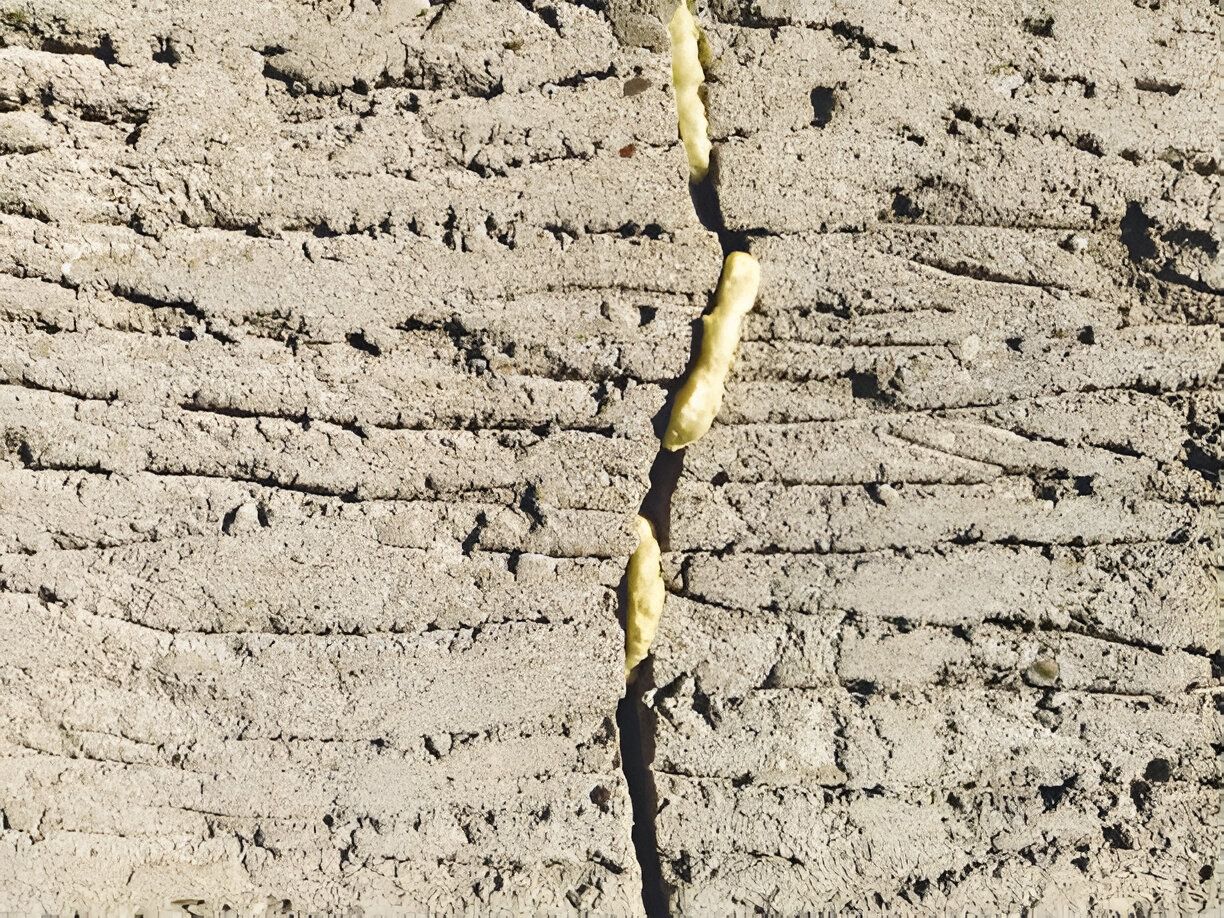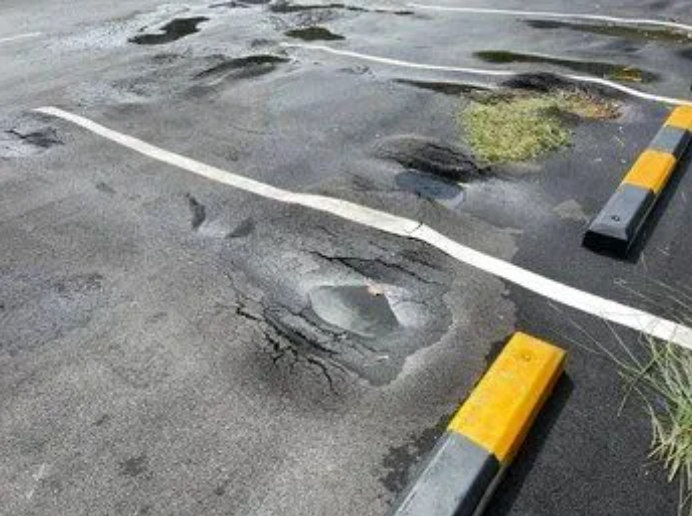Designing Durable Concrete Sidewalks: Best Practices for Long-Lasting Urban Infrastructure
Concrete sidewalks are a vital component of urban landscapes, providing safe and reliable pedestrian pathways that must endure years of traffic and environmental stress. For urban planners and construction teams, designing sidewalks that remain durable and visually appealing requires meticulous attention to construction techniques and materials. In this comprehensive guide, brought to you by www.liasphalt.com, we explore expert concrete sidewalk construction tips, including thickness requirements, reinforcement methods, joint placement strategies, finishing techniques, and effective curing processes.
By following these best practices, professionals can ensure sidewalks withstand the test of time, reducing maintenance costs and improving pedestrian safety across cities.
Concrete Sidewalk Construction Tips: Foundation for Durability
A durable concrete sidewalk begins long before the concrete is poured. Proper site preparation and subgrade assessment form the foundation of a strong sidewalk.
Site Preparation and Soil Assessment
The first step is to evaluate the soil beneath the proposed sidewalk. Soils with poor drainage or high clay content can lead to uneven settling or cracking. Urban planners should work with geotechnical engineers to conduct soil testing and ensure proper compaction.
Proper Subgrade and Base Layer Installation
After soil preparation, a well-compacted subgrade and a granular base layer—typically made of crushed stone—must be installed. This base layer promotes drainage and distributes loads evenly, minimizing stress on the concrete slab.
Choosing the Right Concrete Mix
The concrete mix design is critical. Sidewalk concrete typically uses a mix with a compressive strength of 3,000 to 4,000 psi to handle pedestrian traffic and environmental exposure. Additives like air-entraining agents help improve resistance to freeze-thaw cycles in colder climates.
Drainage Considerations
Urban planners must ensure sidewalks have a slight slope (usually 1-2%) to prevent standing water, which can degrade concrete over time. Proper drainage design helps maintain sidewalk integrity and user safety.
Thickness Requirements: Ensuring Structural Integrity
Determining the appropriate thickness for a concrete sidewalk is crucial to its durability and ability to handle anticipated loads.
Recommended Thickness Standards
The industry standard for pedestrian sidewalks is a minimum thickness of 4 inches (100 mm). In areas expecting heavier pedestrian traffic or occasional maintenance vehicles, increasing thickness to 5 or 6 inches can improve longevity.
Factors Influencing Thickness
- Load expectations: Sidewalks near schools or commercial areas may experience more foot traffic or vehicle crossings.
- Soil type: Weak or expansive soils may require thicker slabs or improved base layers.
- Climate: Freeze-thaw conditions can cause cracking if slabs are too thin.
Industry Examples
According to the American Concrete Institute (ACI) and local urban codes, a 4-inch minimum thickness is a baseline for residential sidewalks, while commercial or high-traffic areas often require thicker sections.

Reinforcement Methods: Strengthening Sidewalks Against Stress
Concrete has high compressive strength but low tensile strength, making reinforcement critical in sidewalk design.
Common Reinforcement Techniques
- Steel Rebar: Steel bars placed within the slab add tensile strength but increase cost and complexity.
- Wire Mesh: Welded wire fabric is a popular, cost-effective reinforcement for sidewalks.
- Fiber Reinforcement: Synthetic fibers mixed into the concrete help control cracking and improve durability without the need for steel.
When to Use Reinforcement
Reinforcement is essential for sidewalks over unstable soils, near heavy traffic, or in areas with significant temperature fluctuations.
Placement Best Practices
Reinforcement should be placed mid-depth within the slab to maximize tensile strength benefits. Proper securing and spacing prevent shifting during concrete pouring.
Joint Placement: Managing Cracks and Expansion
Even the best concrete sidewalks will crack over time without proper joint placement. Joints help control where and how the concrete cracks, maintaining structural integrity and appearance.
Types of Joints
- Control Joints: Also called contraction joints, these intentionally weaken the slab to encourage cracking along predetermined lines.
- Expansion Joints: These absorb expansion caused by temperature changes, preventing buckling.
- Construction Joints: Created where concrete placement is stopped and resumed.
Recommended Spacing and Depth
Control joints are typically spaced 4 to 6 feet apart and cut to a depth of one-quarter the slab thickness. Expansion joints are placed at fixed points such as intersections or where sidewalks meet structures.
Techniques to Cut and Seal Joints
Early cutting (within 6-18 hours after finishing) is essential to prevent uncontrolled cracking. Joints should be sealed with flexible sealants to keep out water and debris.
Finishing Techniques: Enhancing Surface Quality and Safety
The finish of a concrete sidewalk affects not only aesthetics but also safety and durability.
Common Finishing Methods
- Broom Finish: Creates a textured, slip-resistant surface ideal for sidewalks.
- Troweling: Produces a smooth, hard surface but may be slippery when wet.
- Stamping and Coloring: Decorative techniques for enhanced visual appeal.
Impact on Safety
A broom finish is preferred for pedestrian sidewalks because it provides traction, reducing slip hazards in wet conditions.
Timing and Execution
Finishing must be performed after concrete has partially set but before it hardens fully, balancing workability and durability.
Avoiding Common Mistakes
Overworking the surface can weaken the top layer, while insufficient finishing can leave rough, uneven surfaces prone to wear.
Curing Process: Vital Steps to Maximize Strength and Longevity
Proper curing is essential to achieving the designed strength and durability of concrete sidewalks.
Why Curing Matters
Curing maintains adequate moisture and temperature to allow the concrete to hydrate fully. Without curing, concrete can dry too quickly, causing shrinkage cracks and surface weakness.
Effective Curing Methods
- Water Curing: Spraying or ponding water keeps concrete moist.
- Curing Compounds: Chemical sprays form a membrane to retain moisture.
- Coverings: Plastic sheets or wet burlap protect from evaporation.
Recommended Duration
Curing typically lasts at least 7 days for normal mixes, extending longer in hot or dry climates.
Consequences of Improper Curing
Lack of curing leads to reduced strength, surface dusting, scaling, and premature cracking, drastically shortening sidewalk lifespan.
Conclusion
Designing durable concrete sidewalks requires an integrated approach that balances thickness, reinforcement, joint placement, finishing, and curing. Urban planners and construction teams who implement these expert tips from www.liasphalt.com will create sidewalks that withstand environmental challenges, reduce maintenance costs, and enhance pedestrian safety for years to come.
By investing in quality construction and best practices, cities can build infrastructure that supports thriving, walkable communities.
Frequently Asked Questions
1. What is the minimum thickness recommended for residential concrete sidewalks?
A minimum thickness of 4 inches is recommended for standard pedestrian sidewalks in residential areas.
2. How often should control joints be placed in concrete sidewalks?
Control joints are typically spaced every 4 to 6 feet to manage cracking effectively.
3. When should reinforcement be used in sidewalk construction?
Reinforcement is advised for sidewalks on unstable soils, areas with heavy traffic, or regions experiencing freeze-thaw cycles.
4. What is the best finishing technique for pedestrian safety?
A broom finish is preferred because it provides a slip-resistant surface ideal for walkways.
5. How long should concrete sidewalks be cured?
Concrete sidewalks should be cured for at least 7 days, with longer durations recommended in hot or dry environments.



